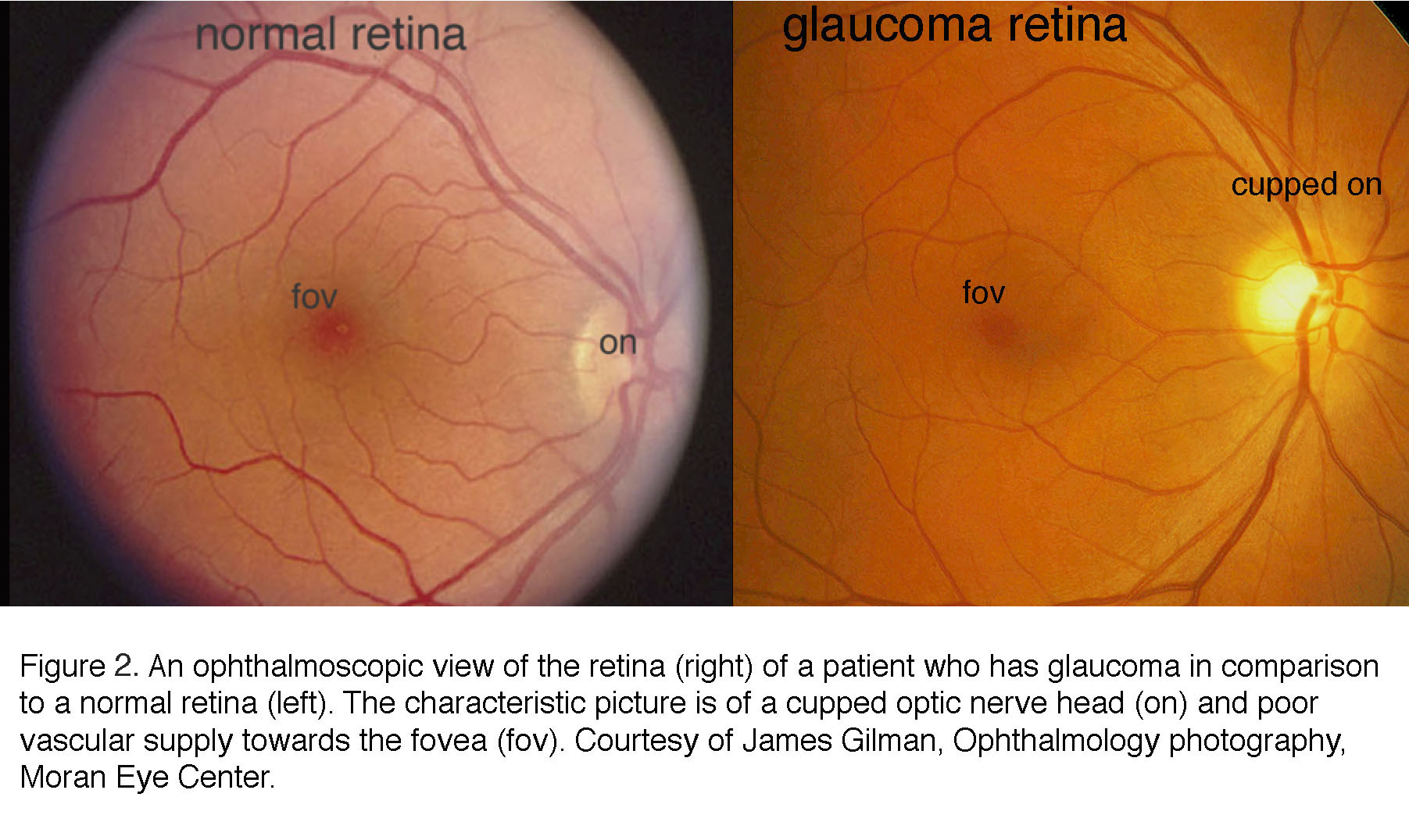Comprehending the Different Vision Adjustment Procedures Available for Clearer Sight
In the world of vision correction treatments, a wide range of alternatives exist to deal with refractive errors and supply individuals with clearer view. From the extensively identified LASIK surgical procedure to much less intrusive procedures like PRK and implantable lenses, the area of ophthalmology uses a variety of strategies customized to match different demands and choices. Each procedure comes with its own collection of considerations, benefits, and possible risks. Comprehending the subtleties of these vision correction techniques is crucial for making notified decisions concerning one's visual health. Let's explore the ins and outs of these procedures and lost light on the path to achieving enhanced vision clearness.
LASIK Surgical Treatment
LASIK surgical treatment is a common refractive procedure utilized to fix vision problems such as nearsightedness, astigmatism, and farsightedness. This medical strategy, which stands for Laser-Assisted in Situ Keratomileusis, intends to improve the cornea to improve exactly how light is concentrated on the retina, eventually enhancing vision clearness.
One of the primary benefits of LASIK surgical treatment is the quick renovation in vision experienced by individuals. Generally, LASIK surgery is a preferred selection for individuals seeking a long-lasting service for their vision issues.
PRK Procedure
While also an usual refractive procedure, the PRK (Photorefractive Keratectomy) strategy differs from LASIK surgical treatment in its technique to dealing with vision problems. In PRK, as opposed to developing a flap on the cornea, the external layer of the cornea, called the epithelium, is entirely removed. This allows the laser to reshape the cornea to fix refractive errors such as nearsightedness, astigmatism, and farsightedness straight externally.

Despite the longer healing time, PRK can yield excellent cause vision renovation, making it an important choice for those that might not be appropriate prospects for LASIK surgical treatment.
Implantable Lenses
In comparison to PRK where the cornea is reshaped straight, implantable lenses provide an additional approach for fixing vision by putting man-made lenses inside the eye. This procedure is specifically useful for people with high levels of nearsightedness, astigmatism, or farsightedness who might not be appropriate prospects for laser surgeries like LASIK or PRK.
Implantable lenses, additionally recognized as phakic intraocular lenses, work by supplementing the eye's natural lens with a man-made one. refractive surgeries in al. These lenses can be placed in front of the natural lens (anterior chamber) or behind the iris and before the natural lens (posterior chamber) By adjusting the power and positioning of these lenses, eye doctors can effectively fix refractive errors and enhance visual acuity
One benefit of implantable lenses is that they are removable and exchangeable, supplying flexibility for future modifications. Nevertheless, just like any procedure, there see are threats included, such as infection or cataract formation. People taking into consideration implantable lenses need to seek advice from an eye care expert to identify one of the most appropriate alternative based on their individual needs and eye health and wellness.
Corneal Rings
Corneal rings, also he said called intracorneal ring sections, are little, transparent tools placed into the cornea to correct vision distortions such as keratoconus. Keratoconus is a problem where the cornea thins and protrudes outside, triggering vision to become distorted. The insertion of corneal rings aids to squash the cornea, boosting visual skill and minimizing the irregular astigmatism brought on by keratoconus.
The procedure for placing corneal rings is relatively quick and minimally invasive, frequently performed as an outpatient treatment. Throughout the surgical treatment, the eye doctor makes a tiny incision in the cornea and inserts the rings at a specific depth. When in place, the rings assist to reshape the cornea, offering a smoother surface for light to go into the eye, which can cause more clear vision.
Corneal rings are thought about a relatively easy to fix procedure, as they can be removed or changed if necessary. eyecare near me. While they may not entirely eliminate the demand for glasses or get in touch with lenses, corneal rings can significantly boost vision top quality and overall aesthetic convenience for people with keratoconus or various other corneal abnormalities
Refractive Lens Exchange
Complying with the modification of corneal irregularities with procedures like corneal rings, an additional vision modification technique that can attend to refractive errors is Refractive Lens Exchange (RLE) RLE is an operation that entails replacing the eye's natural lens with a fabricated intraocular lens (IOL) to fix refractive mistakes such as nearsightedness, farsightedness, and presbyopia. This treatment is specifically valuable for individuals who may not appropriate candidates for treatments like LASIK or PRK as a result of factors such as thin corneas or high refractive errors.

Conclusion
In verdict, there are various vision improvement treatments offered to aid individuals achieve clearer view. LASIK surgical treatment, PRK procedure, implantable lenses, corneal rings, and refractive lens exchange are all alternatives that can resolve different vision concerns.
In the world of vision correction procedures, a plethora of alternatives exist to resolve refractive mistakes and give people with clearer view.LASIK surgical treatment is a common refractive procedure utilized to fix vision troubles such as astigmatism, farsightedness, and nearsightedness.While additionally a typical refractive treatment, the PRK (Photorefractive Keratectomy) strategy varies from LASIK surgical procedure in its method to dealing with vision troubles.Following the correction of corneal irregularities with treatments like corneal rings, another vision modification strategy that can resolve refractive errors is Refractive Lens Exchange (RLE) LASIK surgical procedure, PRK procedure, implantable lenses, corneal rings, and refractive lens exchange are all alternatives that can attend to different vision issues.